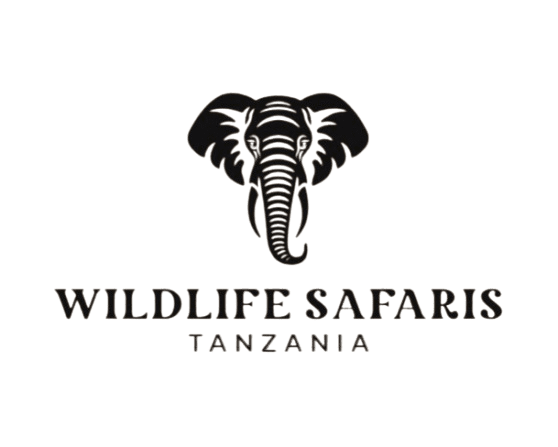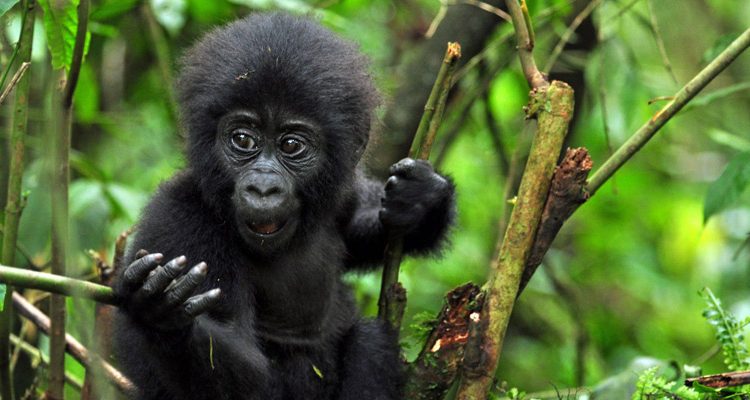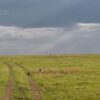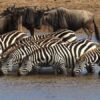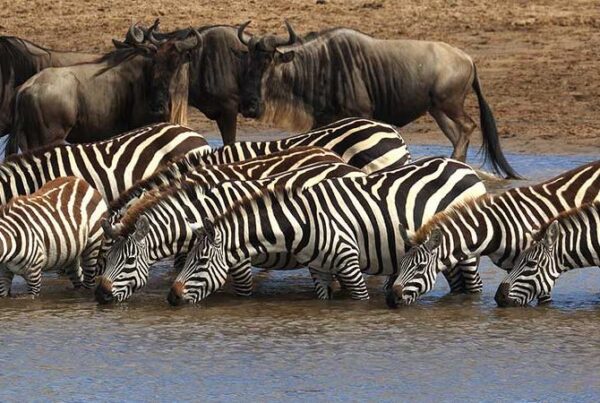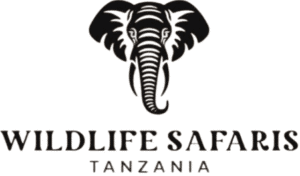Gorilla Trekking in the Shoulder Season, Low Season, and High Season
Gorilla trekking is one of Africa’s most intimate and life-changing wildlife encounters, but the season you choose to travel shapes everything from the atmosphere in the forest to the ease of securing permits and the overall cost of your journey. Mountain gorillas live in dense rainforests where weather patterns shift through the year, creating distinct travel seasons: the high season with its drier trails and strong demand, the green low season with lush landscapes and discounted opportunities, and the shoulder season that balances both worlds beautifully. Understanding what each season brings helps you choose not only when to go but the kind of experience you want to have with the gentle giants of Bwindi Impenetrable Forest, Mgahinga Gorilla National Park, Volcanoes National Park, or Virunga.
Gorilla Trekking During the High Season
High season is the most popular time of the year for gorilla trekking because the forests are drier, the skies clearer, and the trails far more manageable. This period, typically running from June to September and again from December to February, gives trekkers the best overall hiking conditions. Trails tend to be less muddy, the vegetation slightly thinner, and the gorilla families often easier to track because rangers can follow their movements with fewer disruptions from heavy rain. The scenery feels crisp and photogenic, making this season ideal for travelers intent on capturing clean, clear images of gorillas in their natural forest environment. However, high season also means higher demand; permits often sell out months in advance, lodges fill quickly, and prices are at their annual peak. Travelers who prefer structure, predictable conditions, and polished safari logistics often find high season the most comfortable choice.
Gorilla Trekking During the Shoulder Season
The shoulder season exists as a graceful middle ground, offering the advantages of both the high and low seasons without the extremes of either. This period typically falls between March and May or late October to November, with occasional windows when rainfall is lighter and crowds are fewer. Travelers who choose shoulder season often enjoy a quieter trekking experience, with fewer groups on the trails and more last-minute permit availability. The forests during this time are vibrant, fresh, and full of life, with mist-shrouded valleys and renewed vegetation after early rains. It is a beautiful time for photographers who appreciate moody lighting and the dramatic interplay of clouds and emerald foliage. While there may be occasional showers, the hiking remains manageable, and the atmosphere in the forest feels deeply immersive. Many seasoned travelers describe shoulder season as the most authentic time to experience gorilla trekking because it retains the thrill of wilderness exploration while offering more flexibility and better pricing than high season.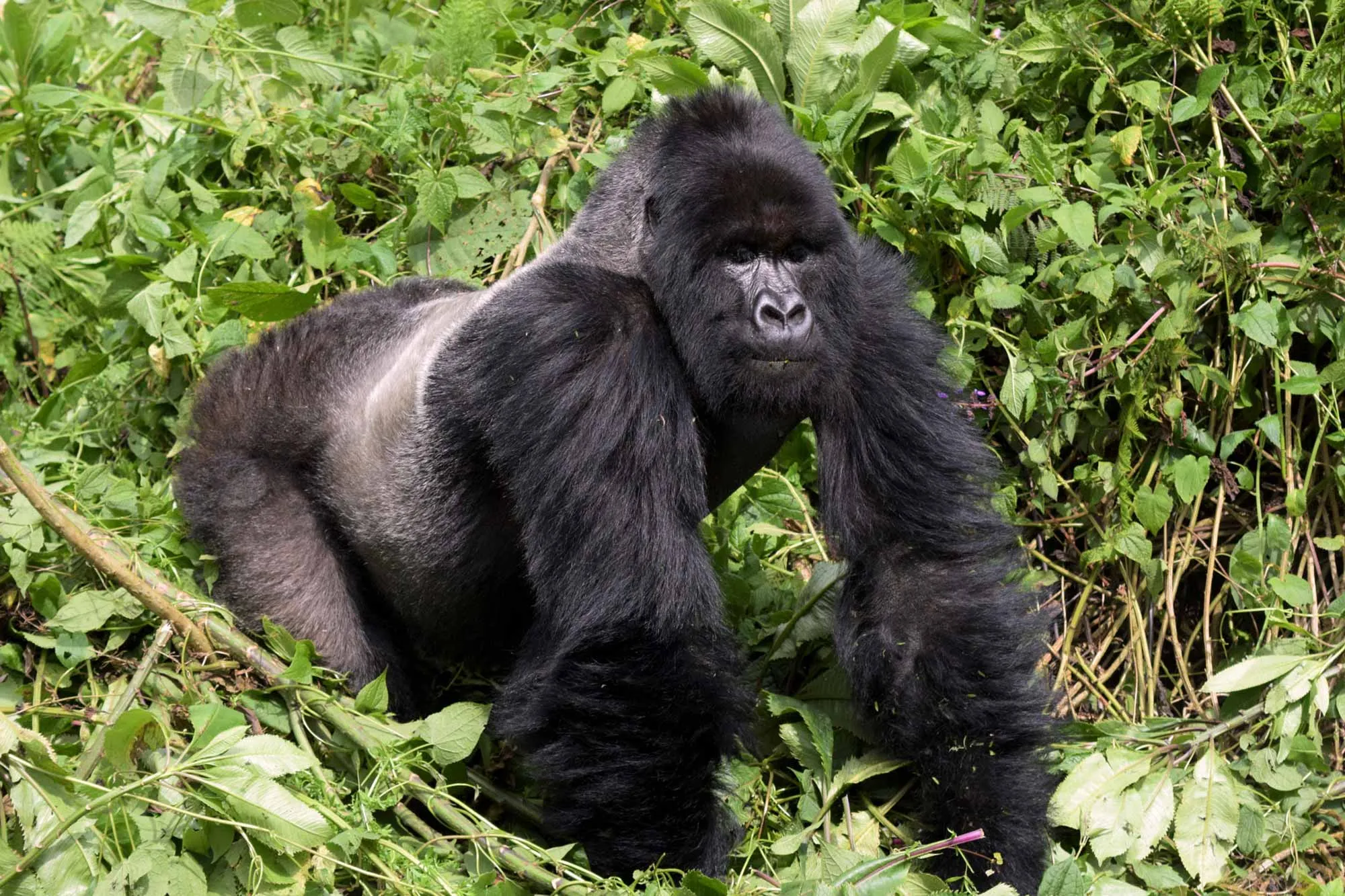
Gorilla Trekking During the Low Season
Low season — often overlapping with the heavier rains of April, May, and parts of November — gives the rainforest its fullest expression. Heavy showers fill the rivers, soften the trails, and transform the forest into a lush, breathing world of deep greens, rich aromas, and renewed textures. The gorillas themselves remain in place, unaffected by the tourism fluctuations, and their families are just as accessible and active as in any other season. While the hikes may be muddier and more challenging, this is also when the forest feels most magical. Mist curls through the canopies, birdsong echoes with greater clarity, and the gorillas often stay closer to the lower slopes where vegetation is abundant. The biggest advantage of low season is cost. Permits can be easier to secure, lodges frequently offer discounted rates, and travelers enjoy a level of privacy and exclusivity that is difficult to find in peak months. For adventure-oriented trekkers who appreciate solitude and raw, atmospheric landscapes, low season delivers an unforgettable experience.
Choosing the Best Season for Your Trekking Style
Every season brings its own character to the gorilla trekking experience, and the best choice depends on your preferences. Travelers seeking comfort, stable weather, and polished logistics thrive in high season, where everything feels well-orchestrated. Those who love balance — fewer crowds, richer forests, and manageable hiking conditions — find that the shoulder season provides the perfect blend of adventure and serenity. Meanwhile, intrepid explorers who enjoy dramatic landscapes, moody weather, and excellent value discover that low season offers some of the most intimate and memorable gorilla sightings of the entire year. Regardless of when you go, the encounter itself remains extraordinary: a quiet moment shared with a silverback, a playful juvenile tumbling through vines, or a mother soothing her infant beneath the protective canopy of ancient trees.
Why Every Season Is Worth the Trek
Mountain gorilla trekking is one of the rare wildlife experiences that remains profound no matter the time of year. The seasons shift the texture of the journey, the feel of the forest, and the rhythm of the hike, but the encounter with gorillas — that deep, almost human connection — is timeless. Whether you step into the forest under golden high-season light or trek through the mist-laden low-season greenery, the experience leaves an imprint that stays with you long after you have returned home. Each season reveals a different mood of the rainforest, and each mood has its own beauty, its own mystery, and its own unforgettable story to tell.
